This is an installment in the section Friday Frivolity. Every Friday, you'll get a little micro-essay, plus a moodboard, 3 things I'm currently in love with, words of wisdom from what I've been reading lately, a shimmer of poetry, a "beauty tip," and a question to spark your thought.
—
Balloons!! or the Bearable Lightness of Being
I would like to recover a sense of lightness, of buoyancy.
I would like to hold tightly to the tail of a balloon and float, I would like to soar away from all that anchors me here to this heavy earth, I would like to vault over rooftops and treetops, over the patchwork quilts of farms, over man’s ambition piled high into skyscrapers, I would like to see clouds from the inside, I would like to dwell a little nearer to God or come face-to-face with a passing star.
If I were a balloon myself, I’d drift along just to catch glimpses of my bulbous self floating out at me from windows, gently sustained on the air like Buck Mulligan’s ungirdled dressinggown.1 I would go to parks and compete with the kites, I’d let the children run after me and snatch at me with their clumsy tiny fingers, I’d go along a city street and follow some particularly harried person absorbed in her phone, spooking her out by floating close to her, then far, then close, hiding when she turned around, reappearing in the corner of her eye, until she would think to herself, Is that balloon following me? No, it can’t be… I must be sleep-deprived. When tired with these tricks and antics, I’d bob up and down a little (it must be like treading water) in the shade of a large and leafy tree, enjoying the coolness on my stretched skin.
The sun, the moon, the stars, the Earth—who is to say that these are not balloons, festooning God’s party? After all, they too were breathed into being—who knows how—and float a little in our universe, buoying up in the darkness, reflecting a little light, and in their own time, they too will sink or deflate, burst with nothing more than a celestial pinprick.
Today, September 27, the day on which I happen to be writing and publishing this, turns out to be (surely coincidence is what proves the existence of God) the anniversary of Balloonfest ’86, that disastrous event in which United Way persuaded 2,500 good citizens (mostly high schoolers) of Cleveland, Ohio to fill 1.4 million balloons with helium, then release them at 1:50 PM in Public Square. The balloon army advanced from one side; a forecasted rainstorm advanced from the other; the battalions clashed, and the poor fallen inflatable soldiers met their various ends across the lands and waterways of northeastern Ohio. Some bodies were found as far afield as Canada. Cleveland Burke Lakefront Airport had to shut down a runway. Drivers in traffic gawked and swerved and collided. Arabian horses were spooked and suffered permanent injuries, leading to a lawsuit. The Guinness Book of World Records decided to stop measuring balloon releases.
Weather balloons, hot-air balloons, Chinese spy balloons, South and North Korean balloons floating forth K-pop and K-poop respectively2…. Our frivolous delights have non-frivolous ends.
Frivolity saved me: I needed laughter, I needed joy. Love is a balloon; imagination is another. Love is as light as grief is heavy. As for the imagination, what is it but to take off into the clouds, bouncing along on the fuel of something unseen but expansive? Might not our revels be a revelation?
Mood Board of the Week
(left to right, top to bottom)
Utagawa Yoshitora, “America”: Enjoying Hot Air Balloons (1867): From about 1850 to 1880, Utagawa Yoshitora produced a prolific output of woodblock prints and book illustrations. In 1853, Commodore Perry led four ships into Tokyo Bay, opening up Japan to the United States and ushering in a period of trade and modernization. Yoshitora captures these changes in his scenes of foreign lands and peoples, with their foreign inventions and ways of life—France, England, and of course America are all realized in minute and colorful detail, and here the hot air balloons decked out with double American flags, lifting off past a larger American flag, gives you no chance to be mistaken about what country is being depicted.
Mike Mills, poster from Humans 03 (2006): Mike Mills is an American film director best known for Beginners (2010) and 20th Century Women (2016), but his creativity also finds an outlet through visual art and graphic design. In the series Humans, he fuses high and low, the artistic and the commercial, in order to create posters, clothes, and other objects that express something about being human—but in a way that is childlike and colorful and doesn’t take itself too seriously. Humans was published as a book by Nieves in 2005, and in its first essay, Mills describes how he started the project after his father passed away: “For a long while everything was very quiet. I had been meditating on and off for several years, but I started to sit every day. Slowly, I started working again, but I found that I wasn’t trying to invent images so much as document little moments that happened to me.” When it comes to this particular image, I find it captures so simply the hope and optimism I feel when I see a balloon, and the bright orange hue gives it so much buoyancy and energy. The text—“we try and we try oh how we try”—feels very relatable at this point in my life.
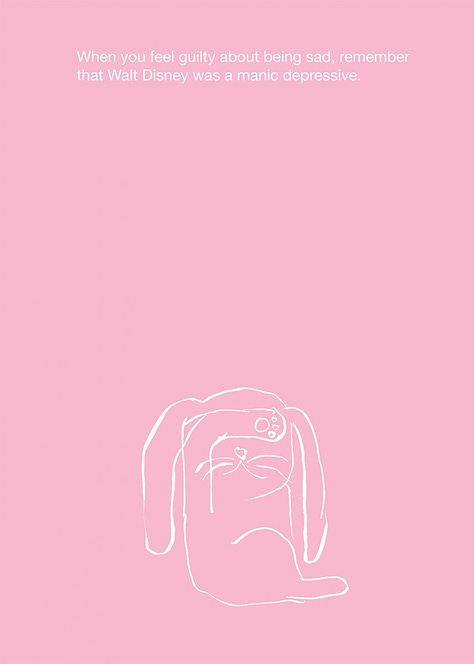
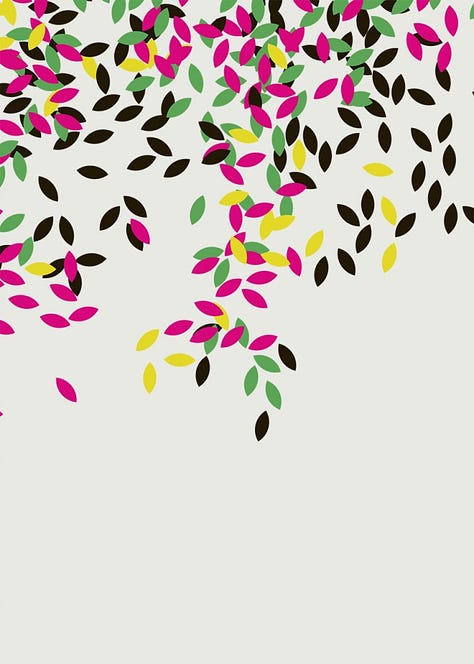
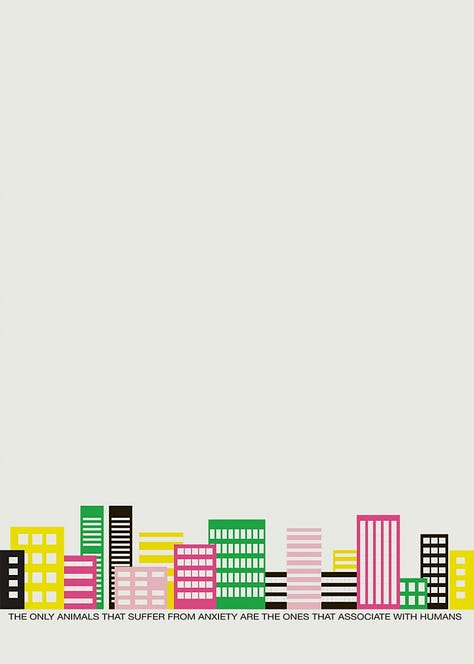
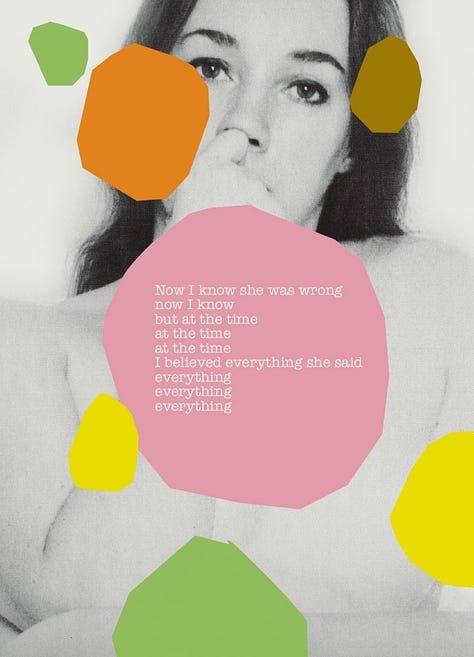
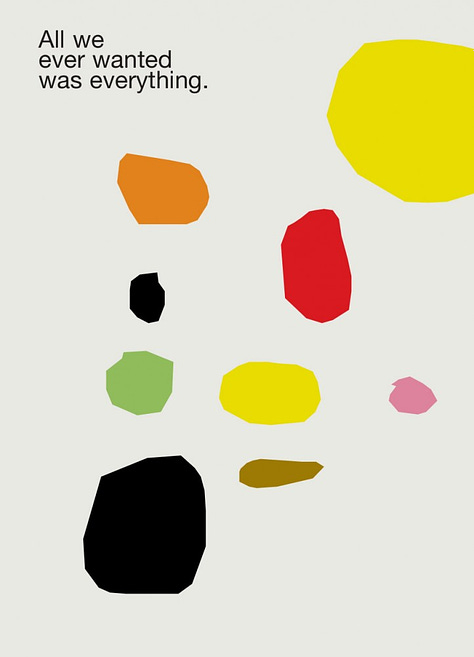
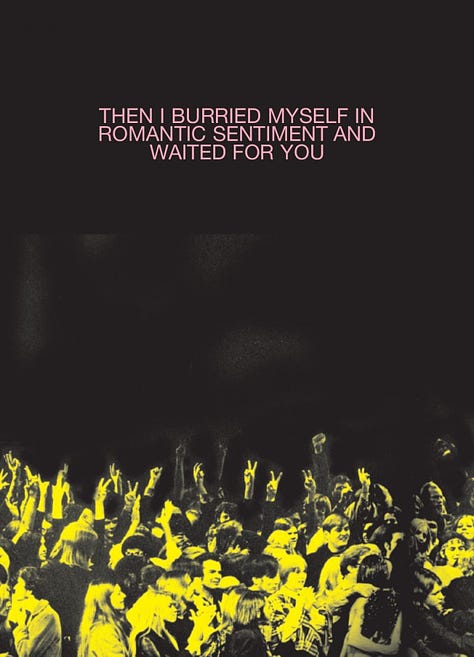
Mike Mills, Humans 01 (2004) and Humans 03 (2006) Naomi Campbell photographed by Ellen von Unwerth for Vogue (March 1998): For this editorial, the queen of the runway takes off to South America, where she lurks around churches, donkeys, and Mariachi bands in top hats and flamenco dresses. At the end, she holds the side of a hot air balloon in a Christian Lacroix tulle skirt; a man in a white suit and hat—her lover?—stands in the basket. Is it a reunion? A farewell? Either way, she’s smiling.
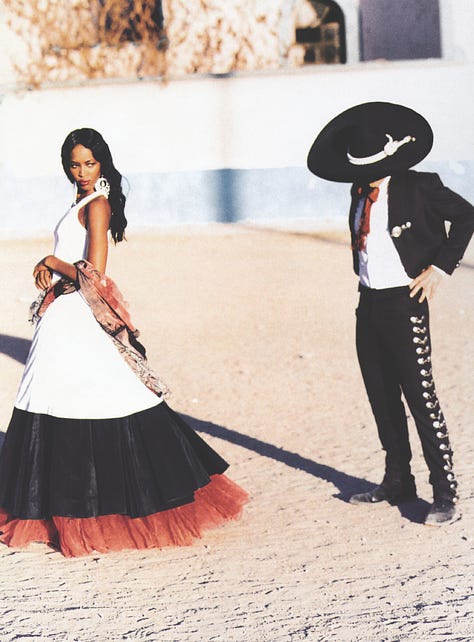
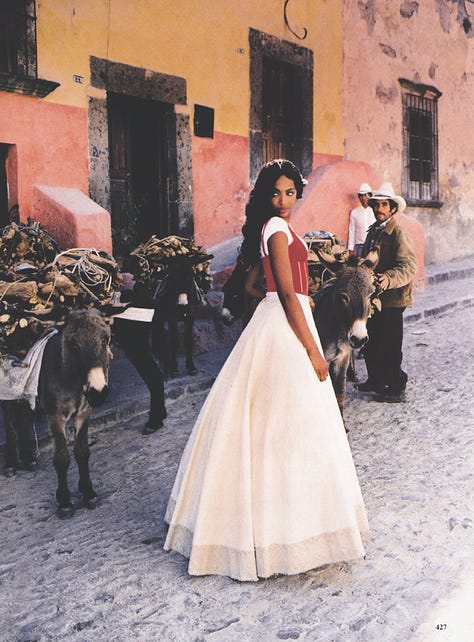
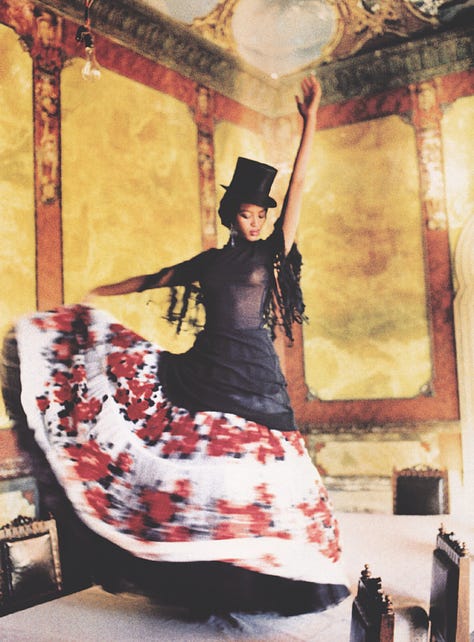
Naomi Campbell photographed by Ellen von Unwerth for Vogue (March 1998) “It’s a Madcap World,” shot by Steven Meisel for Vogue (February 2009): This is a photoshoot in which—according to the editorial copy—“optimistic eclecticism rules the day.” Why are these two young women in their ’30s-esque high-fashion Dolce & Gabbana suits leaning against a yellow taxicab with red balloons coming out of the trunk? The Mad Hatter’s unbirthday party? Female clown entrepreneurs? Creatively covering up a murder? I’m dying to know.
Charles Pétillon, Mutations 2: Charles Pétillon (1973–) is a French artist and photographer who is known for his installations of white balloons—he calls them “invasions”—in natural environments and architectural areas. Their forms are a unique way of interacting with space, spicing up landscapes and buildings with a bit of whimsical strangeness, ghostly absurdity. “These balloon invasions are metaphors,” says Pétillon. “Their purpose is to change our perspective on things that we encounter every day without paying attention.”
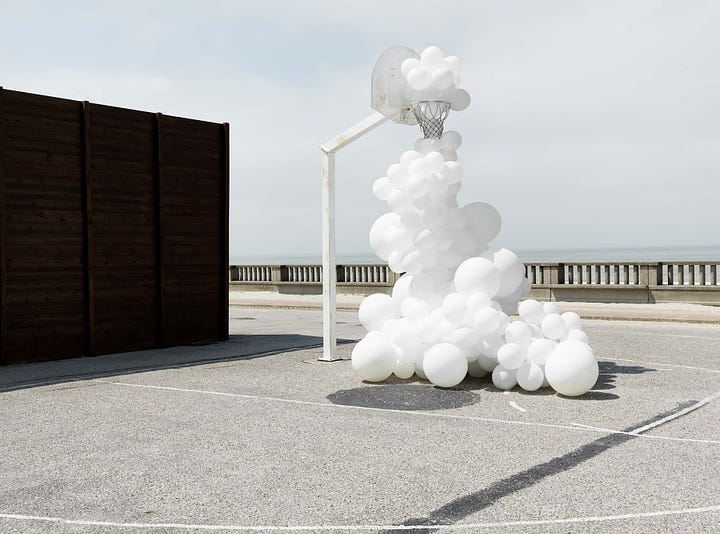

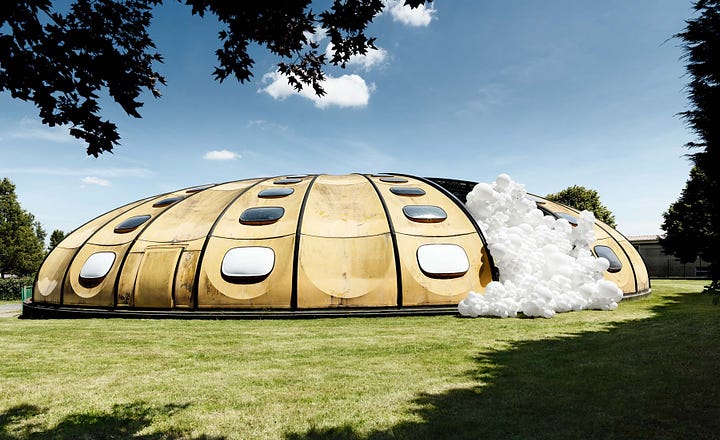
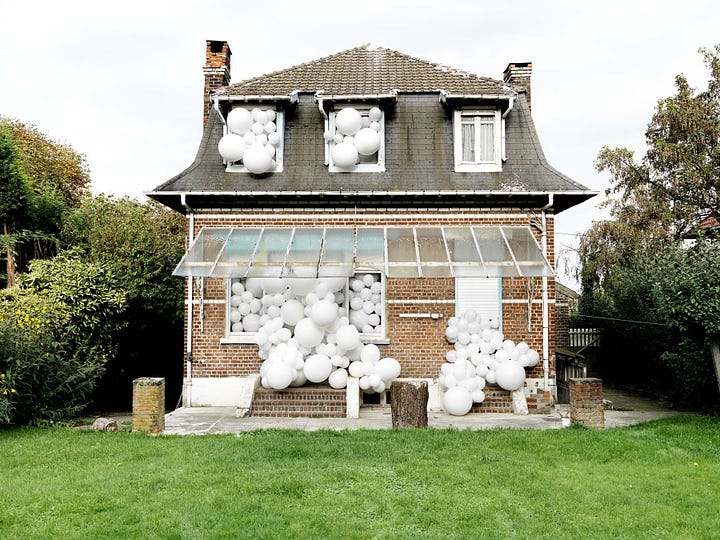
Charles Pétillon The Red Balloon (1956): In this French film, only 34 minutes long, by Albert Lamorisse, a young boy finds a large red balloon on his way to school. That wouldn’t be such a strange occurrence, were it not for the fact that the balloon begins to follow the boy around. In the somber gray of postwar Paris, this bright inflatable becomes a beacon of optimism, an offering of friendship, a triumph of the imagination. The film ends badly for the poor balloon—but its spirit lives on, and the boy is buoyed up, up, up into the air, while his persecutors languish below.
Jeff Koons in his studio, photographed in 1997 by Ellen von Unwerth: Jeff Koons (1955–) is famous (or infamous) for his Balloon Dog sculptures made between 1994 and 2000, especially because Balloon Dog (Orange), which sold in 2013, is currently the 6th most expensive artwork by a living artist (it was surpassed in 2019 by his own Rabbit, which is currently the 2nd). “I’ve always enjoyed balloon animals because they’re like us,” Koon once remarked. “We’re balloons. You take a breath and you inhale, it’s an optimism. You exhale, and it’s kind of a symbol of death.”
Audrey Hepburn in Funny Face (1957): Audrey Hepburn movies are always a comfort to me, and in Funny Face the fashion icon stars as the fashion model Jo Stockton, discovered while working in a bookshop that a photographer, Dick Avery (Fred Astaire), and fashion magazine editor, Maggie Prescott (Kay Thompson), use as a location for a photoshoot. It’s love at first sight of Hepburn’s enviable facial symmetry and perfect bone structure, and Dick and Maggie whisk the pretty bookworm off to Paris (she agrees because she wants to listen to a lecture on “empathicalism” by a Professor Flostre). We then get a lovely little interlude where Hepburn poses in front of various Parisian landmarks in beautiful outfits with various props—including balloons! In front of the Arc de Triomphe, Dick instructs Jo to hold onto a bunch of balloons and run when he tells her to go. She’s nervous, she’s never done anything like this before, she tells him.
“You’re in Paris, the Tuileries,” he responds. “You’ve got balloons. There’s a sudden shower. You’re very happy.”
“Why am I so happy?” she asks.
“Because I say you are.”
Martin Creed, Half the air in a given space: Martin Creed (1968–) is a British artist who won the Turner Prize in 2001 for The lights going on and off, a work which is exactly what is described in its title and about which art critic David Lee said, “Last year, the Tate was scraping the barrel. This year they are scraping the scrapings.” Happily enough, Half the air in a given space, in which Creed fills museum spaces halfway with balloons, has received a less divisive reception, I think owing to the intrinsic fun and whimsy of balloons themselves. These installations evoke a sense of childhood and play, allowing viewers to interact with what they see and participate in the relationship between spaces and what fills them.
3 Things I’m in Love With This Week
Red Desert (1964): I first watched this film by Michelangelo Antonioni in college, for a class on labor and the arts. We watched a lot of bleak movies about industrialization, but this one always stayed in my mind for Monica Vitti’s performance, and I watched it again this week. It centers around Giuliana (Monica Vitti), whose husband, Ugo, is the manager of a petrochemical plant. Everything around Giuliana is desolate, colorless, alienated, machinelike, inhuman, and she responds in the only sane way a human being can—by going insane. She impulsively buys a coworker’s half-eaten sandwich, has a nightmare in which she sinks into quicksand, entertains a dalliance with her husband’s business partner, and wanders through this landscape of smoke and steel in a fog of her own. Near the end of the film, her son points out the toxic yellow fumes issuing from a factory and asks her about the birds. Don’t they die when they fly near the fumes? Giuliana responds that the birds have learned to avoid the poison. We’ve a feeling she’s learned the same.
Reading reviews of Sally Rooney’s Intermezzo: I know I should probably finish the book first and then read any and all criticism pertaining to it, but I just can’t help myself. This book came out on the 24th, and since then, the literary side of Substack—which for me is all of Substack—has been talking about it, reviewing the reviews and making the buzz buzzier. I’m actually glad for it, because I haven’t really read any contemporary fiction at all for the past year or so. Upon reading Normal People, I’d felt that Rooney had been overhyped and, even though I’d stayed up all night to read the novel cover to cover, wasn’t sure how I felt about her actual writing—somehow I’d ended up liking the TV show better. So far, with Intermezzo, I’ve been pleasantly surprised. Once I finish—who knows?—I may just hop on the bandwagon and write a review of my own.
Ian McKellen analyzing the “Tomorrow, and tomorrow, and tomorrow” speech from Macbeth in 1979: I’ve been thinking a lot about life and death and mortality and the brevity of our duration here on Earth, and I’ve been turning a lot to Shakespeare, who always has the best words on the subject. My father always used to quote this soliloquy of Macbeth’s—it was one of the ones he had to memorize in school—and I can still hear him saying, “Out, out, brief candle! / Life’s but a walking shadow….” Sometimes I’ve a feeling our phones can beam into our thoughts, because this video showed up in my YouTube algorithm right around the time I was thinking about this speech. I love the close reading McKellan does of each line, the attention he pays to the sounds of Shakespeare’s verse, and his particular notice of Shakespeare’s meta-commentary on actors and acting. If everyone had McKellan as their high school English teacher, perhaps literature would have a wider audience today, and Substack wouldn’t feel the urge to try to push video onto a community of writers and readers.
Words of Wisdom
All true greatness must come from internal growth.
—Ralph Waldo Emerson, Emerson in His Journals
Poetry Corner
Today
Oh! kangaroos, sequins, chocolate sodas! You really are beautiful! Pearls, harmonicas, jujubes, aspirins! all the stuff they've always talked about still makes a poem a surprise! These things are with us every day even on beachheads and biers. They do have meaning. They're strong as rocks.
—Frank O’Hara
Whenever I want to restore my sense of optimism and joy in life, I turn to the poetry of Frank O’Hara (1926-66). Of all the New York School poets, my favorite, I must admit, is John Ashbery, but Frank O’Hara is not too far behind, and his work is so enjoyable and exuberant, it always makes the weight of the world feel a little lighter. He is inevitably associated in my mind with confetti, balloons, sprinkles, streamers, pop art, the ebullient rush of New York City in the mid-20th century and, of course, sequins.
In his day job, O’Hara worked at the Museum of Modern Art, and he would use his lunch hour to dash off his poems, giving them a breezy, off-the-cuff lightness—almost as if he were jotting down a quick note to a friend. Here you have a sense of O’Hara embracing the world and everything fun, random, and strange within it—and finding all of it not only beautiful but the very bedrock of life’s meaning.
Beauty Tip
Find a way to get festive this week, even if you don’t have anything in particular to celebrate. Wear something sequined, hang up some streamers in your home, play some tunes to dance to, invite some friends over for a themed dinner party, or think of something you’ve accomplished this week and buy yourself a little treat as a reward.
Lingering Question
What brings a sense of lightness and exuberance to your life? How can you add that to your daily routine?
Etc, etc.
SOME BALLOON-Y TUNES
—
Dear readers, thank you for making it this far—I hope you enjoyed this one! Please let me know what you think by leaving a comment or liking if you enjoyed! <3
“Stately, plump Buck Mulligan came from the stairhead, bearing a bowl of lather on which a mirror and a razor lay crossed. A yellow dressinggown, ungirdled, was sustained gently behind him by the mild morning air.”—James Joyce, Ulysses





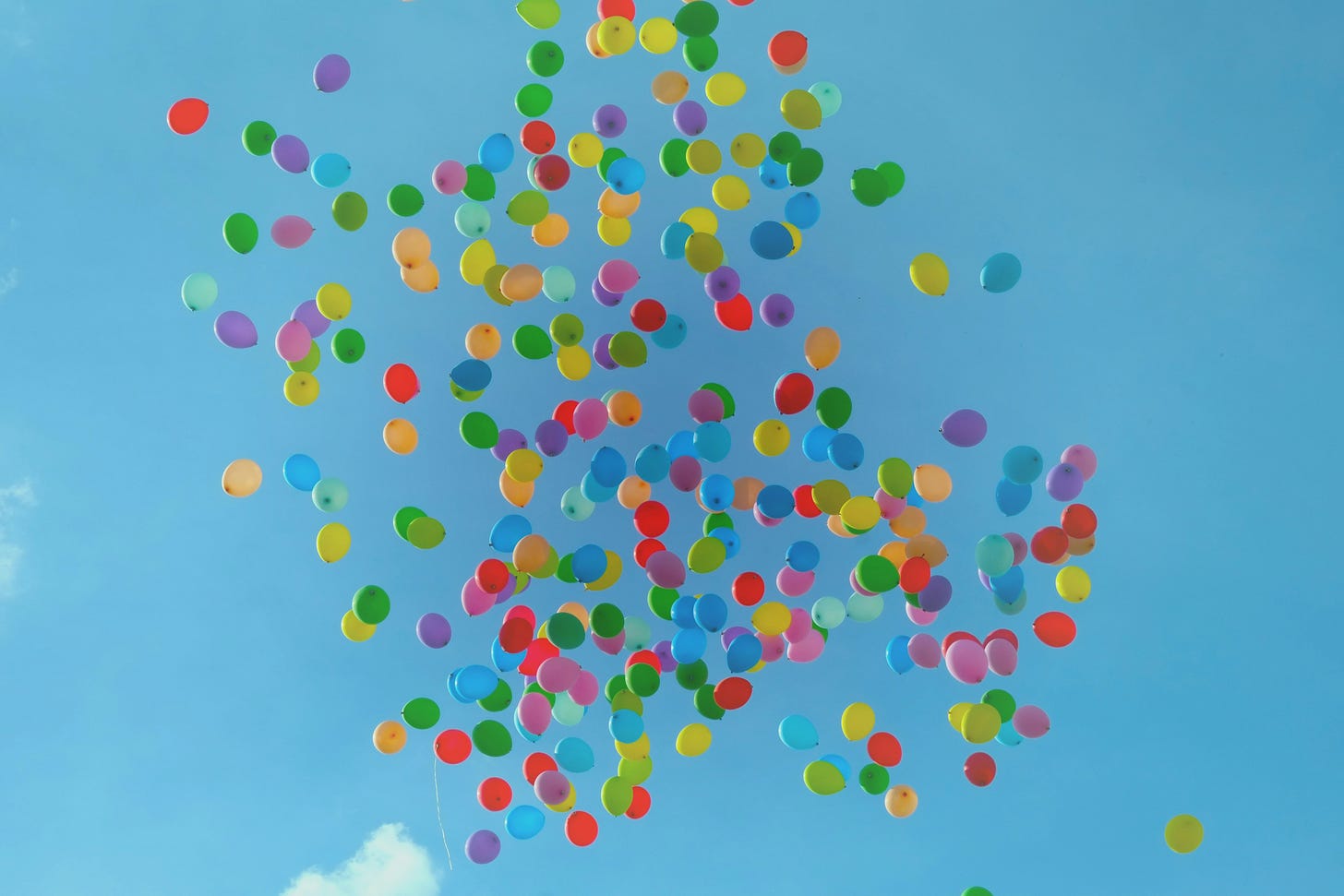
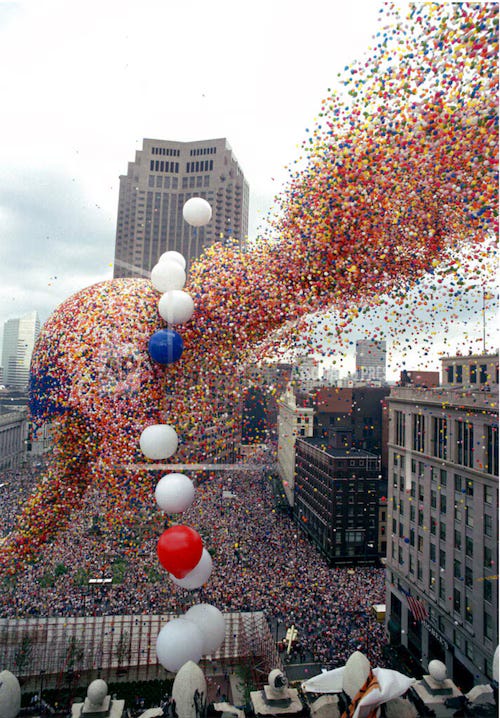
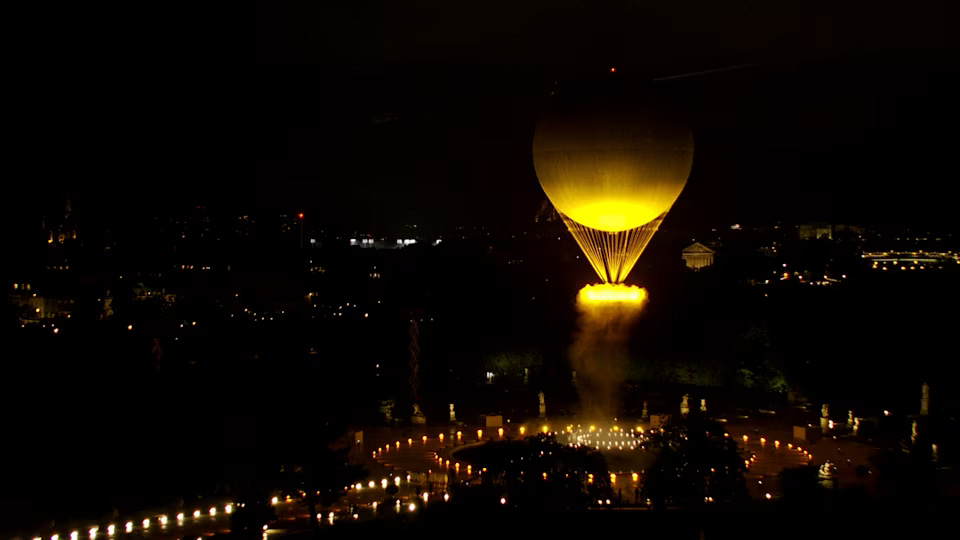
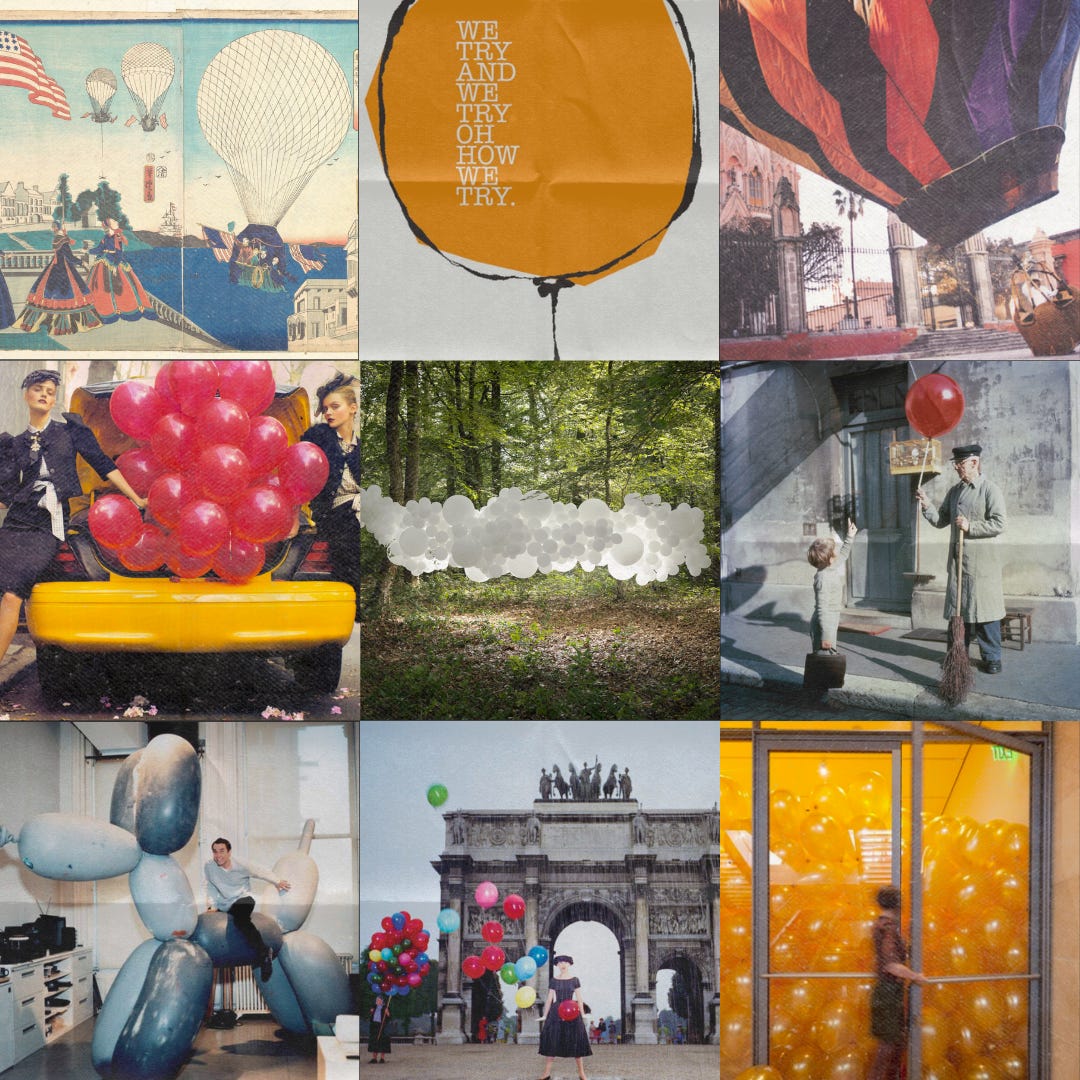



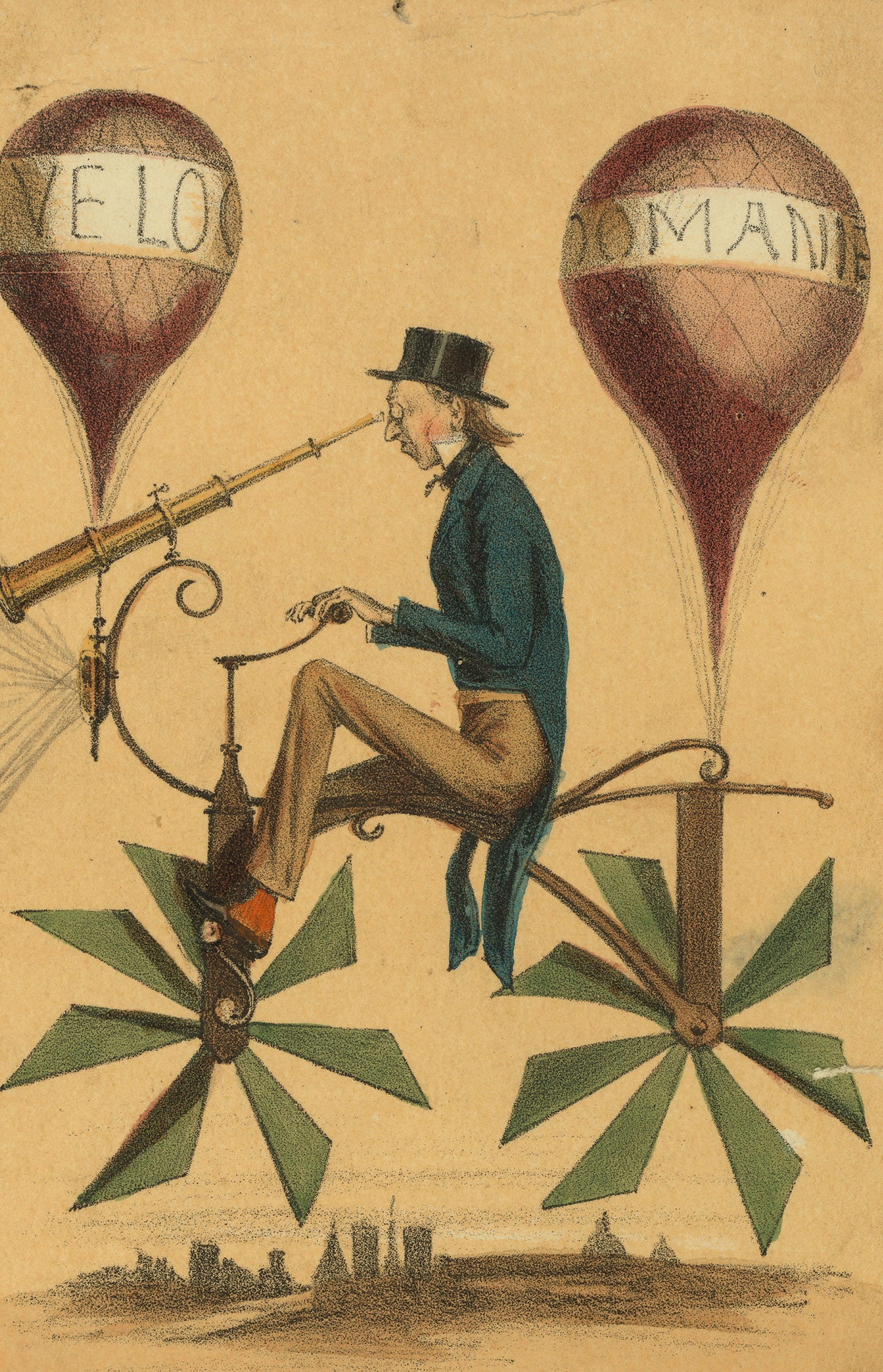
Such a nice theme! Thank you Ramya Yandava for authoring such a delightful piece!